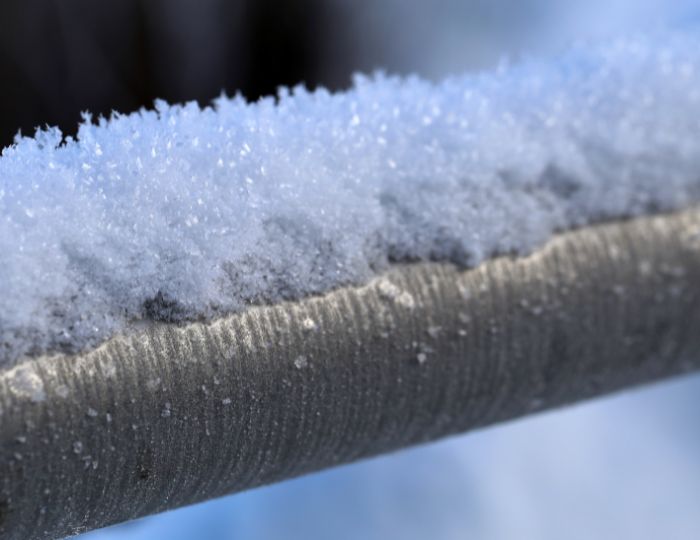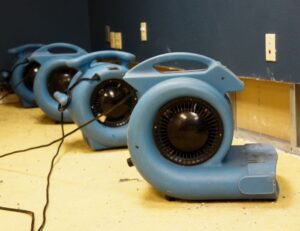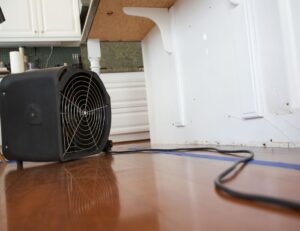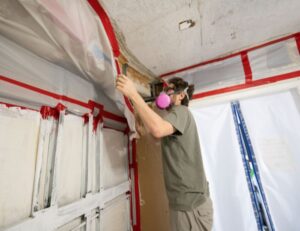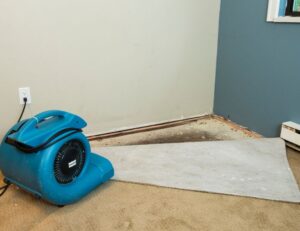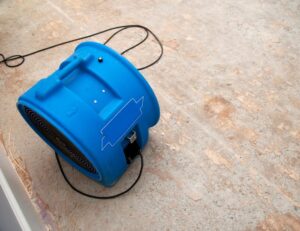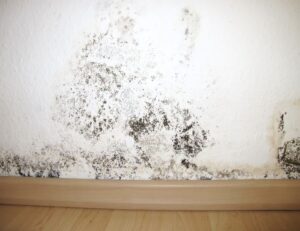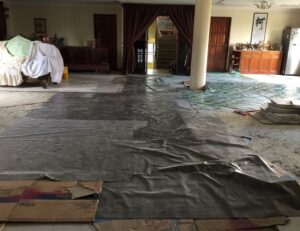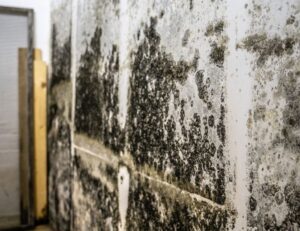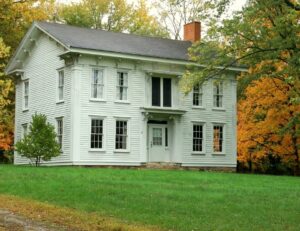When winter sets in, frozen pipes become one of the most common and damaging issues homeowners face. Not only can frozen pipes cause serious water damage, but they can also trigger mold growth if not promptly addressed. Mold thrives in the damp environments created by burst pipes and leaks, posing health risks and further property damage. We’ll explore the link between frozen pipes, water damage, and mold infestation, while emphasizing the importance of quick restoration.
The Risk of Frozen Pipes and Water Damage
During colder months, water in exposed pipes can freeze and expand, causing the pipes to burst. Once a pipe bursts, water begins to flow freely throughout your home, damaging walls, ceilings, and floors. The longer the water is allowed to sit, the more widespread the damage becomes. When water damage is left unchecked, it creates the perfect environment for mold to develop.
Frozen pipes typically occur in areas that are not properly insulated, such as in attics, basements, or unheated crawlspaces. According to the Insurance Institute for Business & Home Safety (IBHS), water damage caused by frozen pipes accounts for an estimated 5 to 10 percent of homeowner claims. Given how widespread this issue is, it’s vital to understand how quickly water damage from frozen pipes can escalate into mold issues.
Mold Growth: The Hidden Danger
Mold is not just an aesthetic issue; it’s a health hazard. Mold releases spores into the air that can trigger allergies, respiratory issues, and even worsen asthma. Mold grows when moisture is present, which is why frozen pipe water damage is a major concern. If a burst pipe isn’t quickly repaired and the area isn’t dried out properly, mold spores begin to proliferate, especially in dark, damp places.
According to the Centers for Disease Control and Prevention (CDC), mold can start to grow within 24 to 48 hours of exposure to water. This rapid growth can lead to more extensive and expensive restoration needs. Common places where mold may appear after a pipe bursts include drywall, insulation, flooring, and carpets. The longer these areas remain wet, the more severe the mold problem becomes.
Why Fast Action is Key
When frozen pipes burst, time is of the essence. The quicker you act, the better your chances of preventing mold infestation. Here’s why immediate action is crucial:
- Limit Moisture Exposure: Water spreads quickly, so addressing the issue as soon as possible will help limit the moisture exposure in your home. The faster you remove the water, the less time mold has to grow.
- Drying and Dehumidification: Proper drying and dehumidification are essential in the restoration process. Specialized equipment used by professional restoration companies helps ensure that all moisture is eliminated from affected areas.
- Prevention of Mold Infestation: By acting fast, you reduce the likelihood of mold taking hold. Emergency water damage restoration teams are trained to not only handle the immediate issue of water removal but also prevent future mold problems by cleaning, disinfecting, and restoring affected areas.
- Health and Safety: Mold removal isn’t just about aesthetics; it’s about creating a safe environment for your family. Mold can trigger severe allergic reactions and respiratory problems, so addressing water damage and mold early is crucial for health.
Mold Remediation and Restoration Services
Professional water damage restoration services are the best way to handle water from frozen pipes. These experts are equipped with the necessary tools to stop the water, repair the pipes, and dry the affected areas completely. More importantly, they can assess the situation for mold growth and begin mold remediation right away.
Mold remediation involves identifying mold-contaminated areas, removing mold, and ensuring the affected spaces are thoroughly cleaned and disinfected. Additionally, professionals can restore and rebuild any structural damage caused by both the frozen pipes and the mold.
What You Can Do to Protect Your Home
While professional services are critical in managing the aftermath of frozen pipes and mold growth, homeowners can take preventative steps:
- Insulate pipes in areas like attics, basements, and crawlspaces to reduce the chances of freezing.
- Keep your home warm during cold spells, especially in unheated areas.
- Seal cracks and gaps around windows, doors, and pipes to minimize cold drafts.
- Monitor for leaks regularly and be on the lookout for any signs of water damage, such as damp patches on walls or ceilings.
Frozen pipes can quickly escalate into water damage and mold growth if left untreated. The best way to avoid the devastating effects of mold is to act fast and seek professional help as soon as water damage occurs. The longer the problem goes unresolved, the worse the mold infestation can become, potentially putting your home and your health at risk. By taking preventative measures and relying on expert restoration services, you can protect your home from the damaging effects of frozen pipes and mold.
Need Emergency Restoration for Frozen Pipes?
If you’ve experienced frozen pipes and water damage, don’t wait for mold to develop. Contact Dri-Life Restoration today for fast, expert water damage restoration and mold remediation services.

